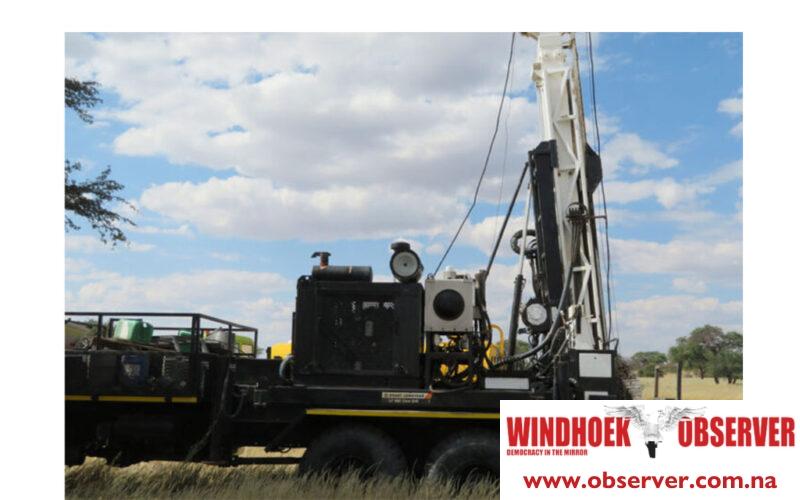CHAMWE KAIRA
Stampriet Aquifer Uranium Mining Association (SAUMA) has said the recent Stampriet Transboundary Aquifer System, meeting held in Mariental on 17 June was very divided into pros and cons.
According SAUMA, Minister of Agriculture, Water and Land Reform, Calle Schlettwein was very concerned about the pollution of the drinking water aquifer by high-grade uranium-bearing solutions. The uranium orebody is in the drinking-water aquifer, according to SAUMA.
Headspring Investments (HSI), which holds eight active Exclusive Exploration Licenses (EPLs) and eight active Environmental Clearance Certificates (ECCs) for the EPLs is planning to develop a uranium mine in the area.
Responding to questions from Observer Money, SAUMA maintained that there should be no mineral exploration or mining at all allowed in the Stampriet Artesian Basin (SAB).
The association said it is totally opposed to mining in situ leach uranium mining within the Stampriet Aquifer Basin.
Asked about the ideal Environmental Impact Assessment be, SAUMA said in Australia, no mining is allowed in underground aquifers with drinking-quality water.
“That should be the same in all Namibia’s artesian aquifers that are pumped for drinking water. An ideal EIA should have a full study of the underground water flow regime with flow testing of a large number of water boreholes in and around the whole orebody taking into account the present water usage on the surrounding farms and of irrigation projects within 40 km of the orebody,” SAUMA said.
Asked whether, SAUMA is confident that the government will make a well informed decision on this matter, the association said its up to minister Schlettwein alone, then yes.
“We find it difficult to evaluate the thinking of other decision makers in government and this is extremely worrying.”
The association said the Stampriet Artesian Basin is totally covered by commercial and communal farms and has been a farming area for decades. Similarly, Botswana and South Africa have been tapping the drinking water from the same underground aquifers for just as long, it said.
“Water inside a uranium orebody contains amounts of dissolved uranium significantly above the World Health Organisation (WHO) safe guideline for drinking water of 30 micrograms of dissolved uranium per litre of water (30 µg/l). Outside the orebody in the SAB, the water is good quality drinking water and, as in North America and Australia, safe to drink with dissolved uranium contents of less than 30 µg/l (NB it is typical for groundwater to have tiny amounts of dissolved uranium outside of uranium orebodies).”
SAUMA explained that in situ leach mining of uranium is the only way that such a uranium deposit in an aquifer can be mined.
According to SAUMA, the total annual amount of water abstracted from the underground aquifers in the SAB is about 8.1 million cubic metres (m3). Of this, irrigation consumes about 88% of the total and town water supply by NamWater about 7%. Farming accounts for the balance. Irrigation and town water supply are pumped from the main and strongest aquifer which also hosts the uranium orebody and which is pumped in Botswana and South Africa. Irrigation pumps at between 20 and 100 m3 per hour the whole year round. Modelling by the Institute for Groundwater Studies at the University of the Orange Free State in South Africa shows that the rate of flow of water through the aquifer induced by irrigation is so big that it draws water from as far away as 40 km from the irrigation site and from a very large area.
“This shows that irrigation will draw highly toxic mine solution out of the mine area into the rest of the aquifer causing widespread contamination of the region’s drinking water and its extension into Botswana and South Africa,” SAUMA said.




